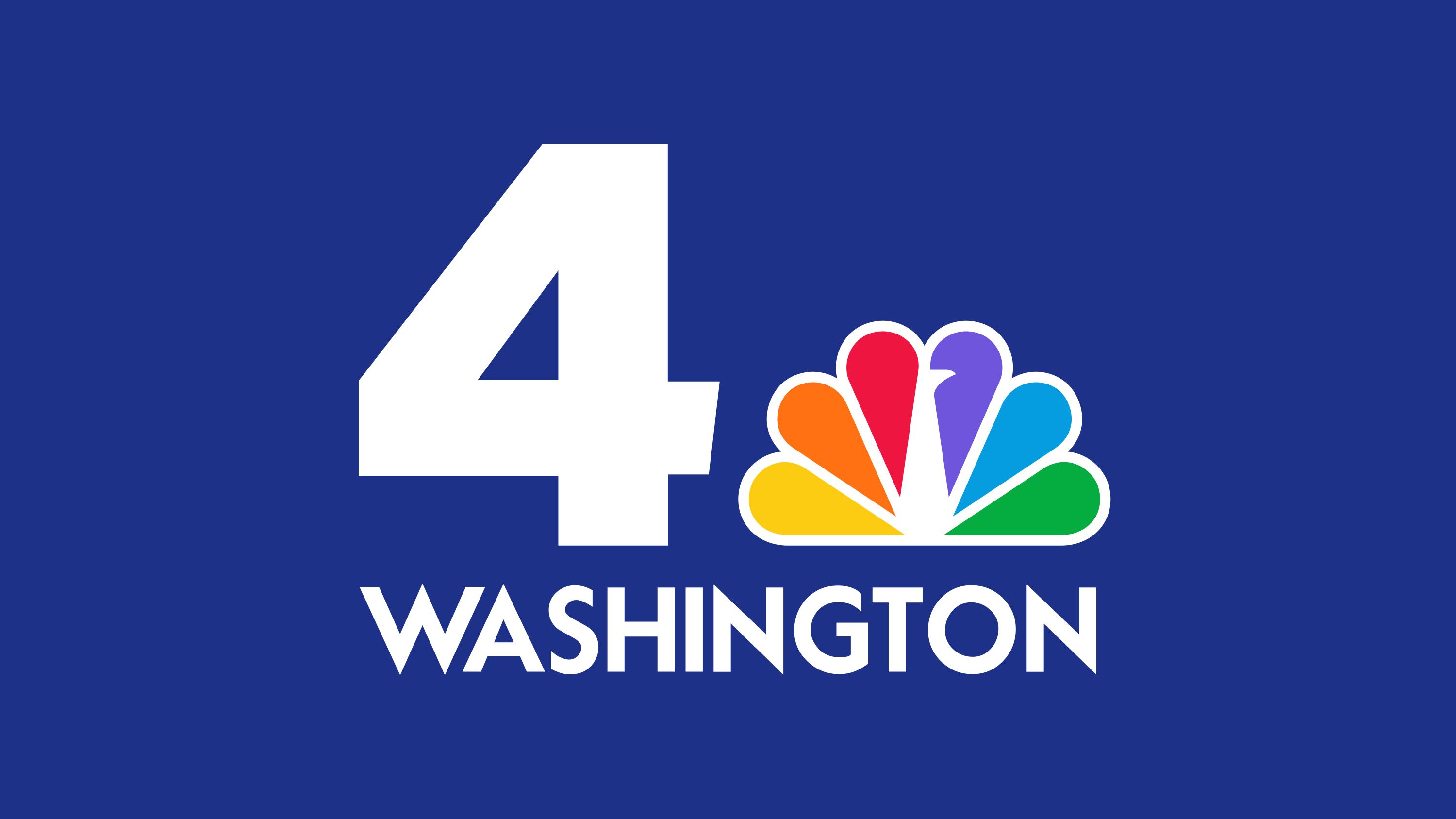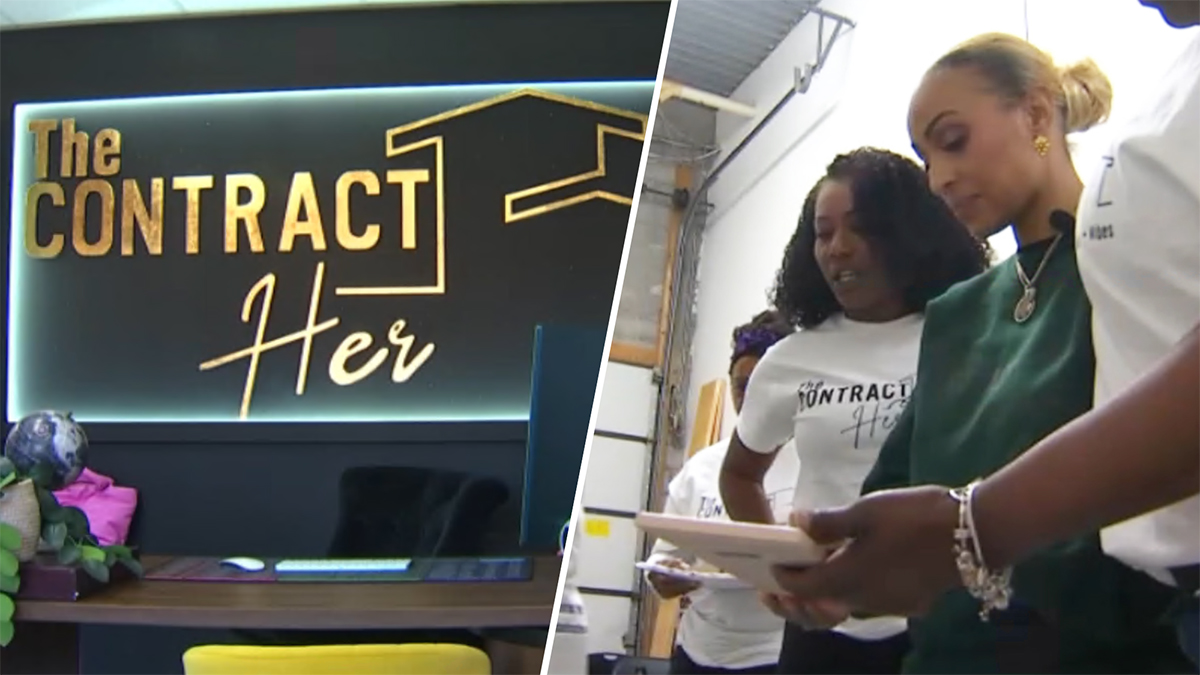Riders on Metro’s Blue and Yellow lines faced the first morning commute during the latest “safety surge.”
What to Know
- A stretch of the Blue and Yellow lines is now shut down between National Airport and Braddock Road.
- The closure will last through July 11.
- Surge 4 in Metro's SafeTrack plan will also affect Metrorail service to National Airport.
Metro's next two "safety surges" could affect how you get to one of the area's busiest airport for your summer vacation.
A stretch of the Blue and Yellow lines shut down Tuesday night between National Airport and Braddock Road while Metro tackles a new phase of its aggressive maintenance plan. The closure will last through July 11.
At Braddock Road, riders were boarding shuttle buses Wednesday morning to take them past the closures. One commuter said she's just figuring out what the next few days will be like for her.
Victoria Deas, who was headed to McPherson Square, said she didn't leave any earlier than usual -- but she was still up before dawn.
"I just like to be ahead of the game, especially when it comes to Metro, so this is nothing new for me," she said.
Local
Washington, D.C., Maryland and Virginia local news, events and information
Deas said the maintenance was long overdue for Metro, even though it's led to inconveniences for passengers. "...[But] it's better for us, so that we're all safe on the Metro," she said.

And more changes are on the way shortly: Surge 4 in Metro's SafeTrack plan will also affect Metrorail service to National Airport between July 12 and July 18, with no train service between National Airport and Pentagon City. There also will be no Yellow Rush Plus service.
Shuttle buses are replacing trains in both areas, but Metro officials warn that trains and stations on the Blue and Yellow lines may be crowded. The Metropolitan Washington Airports Authority (MWAA) says there will also be additional ground transportation at National Airport during Surge 3 and 4.
Passengers driving to the airport should make parking reservations before leaving home.

With more people likely to drive or take an Uber, Lyft or taxi to the airport, travelers will have to deal with more traffic, which is already tough at times.
"Things have become more congested," said Margaret McKeough of MWAA. The roadway system is probably our biggest challenge right now."
MWAA will have extra traffic management resources in place for the next two surges.
Commuters are encouraged to make alternate transportation plans or avoid traveling during rush hour, if possible.
Free shuttle bus service will be available in the following locations:
- between Braddock Road and National Airport
- between Braddock Road, Crystal City and Pentagon City via Metroway bus
- between Braddock Rd and Pentagon City
But those buses will have to deal with northern Virginia traffic.

In Alexandria, drivers will have to pay attention to street signs in certain areas.
"The city is temporarily prohibiting some street parking around Metro stations affected by the surges and will restrict some street sections to buses only," said Yon Lambert, Alexandria’s director of transportation and environmental services.
Metro says riders using Metrorail should expect significantly longer wait times at and outside of multiple stations, WMATA has said. The affected stations are:
- Franconia-Springfield
- Pentagon City
- Van Dorn Street
- Pentagon
- King Street
- Huntington
- Braddock Road
- Eisenhower Avenue
- National Airport
- L'Enfant
- Crystal City
Train frequency has also changed:
- Blue Line trains are running every 15 minutes between Franconia-Springfield and Braddock Road.
- Blue Line trains are running every 12 minutes between National Airport and Largo.
- Yellow Line trains are running every 12 minutes between Huntington and Braddock Road.
- Yellow Line trains are running every 12 minutes between National Airport and Greenbelt.
[[385680321, C]]
Metro General Manager Paul Wiedefeld and Alexandria Mayor Allison Silberberg held a news conference to talk about how the shutdown will affect commuters in the area.
Wiedefeld thanked riders for their continued adjusting, saying it has worked so far with the first two surges. As for riders staying away from the system permanently, he said he's not worried about that.
"What I've heard from everybody is they love the system and they want to use it," Wiedefeld said. "They just want it to be more reliable and obviously safe."
Here are some other ways you can get around SafeTrack:
Metrobus, DASH to Enhance Service
WMATA is encouraging riders to try to use buses as much as possible. To find a bus-only trip, use WMATA's online trip planner and choose the "bus only" option. See Metrobus timetables here.
Metro said extra service is being added on the 11Y route between Mount Vernon and Potomac Park and on the 10A route between the Huntington and Pentagon Metro stations at rush hour.
Regular Metrobus fares are $1.75, and 85 cents for seniors and people with disabilities. Express bus fares and airport express routes cost more. Bus-to-bus transfers are free if you're using your SmarTrip card.
Free DASH bus service will run on the AT3 and AT4 routes. Service will be extended to begin at 5 a.m. and end at 8 p.m., and bus frequency will be increased to every 20 minutes.
Other Ways to Avoid Metrorail
In addition to taking the bus, here are more options for getting around without Metrorail:
Biking: The Washington Area Biking Association (@WABA) previously tweeted this Google map of D.C.-area trails, bike lanes and bike-friendly roads. Find information on the best bike routes along the Yellow Line corridor here. If you need to tune up your biking skills, check out WABA's classes on learning to ride and urban cycling online here. Need to rent a bike? Capital Bikeshare stations are located throughout the area; you can see rates or sign up here.
The City of Alexandria will also lead morning "bike trains" during Surge 3 and 4 between the Braddock Road and Pentagon City Metro stations via Crystal City.
The Mount Vernon Trail also connects directly with the 14th Street and Memorial Bridges.
Car2Go or Zipcar: Get a short-term rental car from Car2Go or Zipcar.
Carpooling/Slugging: Drivers can use the I-95 and I-495 Express Lanes for free with three people in the car (but you'll need an Express Lanes E-ZPass Flex transponder). VDOT also recommends checking out Slug-Lines.com if you're interested in slugging ("casual" carpooling to meet HOV requirements).
Driving: Drivers should expect increased traffic and are encouraged to carpool or travel outside of peak periods if possible. If you must drive, leave yourself plenty of extra time to get around. In addition, D.C. has expanded parking restrictions during SafeTrack (find details here), and will have more traffic control officers on the streets.
Lyft and/or Uber: You might want to download a ride-hailing app like Lyft or Uber if you haven't already. Find the Lyft app here for either iPhone or Android, and the Uber app on iTunes here or on Google Play here. Lyft said it will offer Metro riders discounted rides throughout SafeTrack's phases; see discount zones and info here. Uber says UberPOOL, in which passengers share cars, will be available across the entire D.C. area through the year of SafeTrack.
VRE Train: Commuters traveling from southern Fairfax County and Alexandria can take VRE's Fredericksburg Line from Franconia-Springfield or King Street Alexandria to access Crystal City, L'Enfant Plaza and Union Station.
Additional regional buses: Check the schedules for Arlington County's ART bus.
Taxi: You can, of course, hail a cab on the street, but you can also order one online or by phone. DC.gov has a list of District taxi companies online here. Arlington County has seven authorized taxi companies; find them here.
This story has been corrected from an earlier version.



